Is this the oldest Stone Mason work in the world?
Much older than the Pyramids of Egypt, Stonehenge and even the new find at Gobekli Tepe, the ‘Nawarla Gabarnmung’ Stone monument in Arnhem land, Australia, is 50,000 years old. There has been no evidence of stone engineering like this still standing elsewhere in the world. The Rock Art found at Gabarnmung contains some of the world's oldest mystifying works of Art.
Located in southwestern Arnhem land, Australia is a stone monument created by the aboriginal people 50,000 years ago. A part of Jawoyn country, Nawarla Gabarnmung, is an incredible example of engineering a rock shelter not seen elsewhere at this period in ancient history. Meaning “hole in the rock”, “passageway”, or “valley open from the centre” by the Jawoyn people, Nawarla Gabarnmung is a sacred and protected site. Jawoyn Elder, Margaret Katherine, is responsible for safeguarding this extraordinary place today. The Jawoyn people have only allowed ‘Gabarnmung’ to be studied in recent years. Margaret explains how sharing knowledge with blackfullas, and whitefullas is essential. [Watch video] >
Nawarla Garbarnmung
This [Passageway] monument or “transformation of a sheltered space” created by the skilled hands of the Jawoyn ancestors is the oldest known example of altering a stone foundation and Stone Engineering. Charcoal deposits found above the very bottom layers present a median age of 49,350 cal BP.
The work completed at Gabarnmung by ancient Aboriginal engineers may not have required the precise mathematics of masonry to build a great pyramid. However, it is still valued and intelligent knowledge of working with stone for such a long time. The shelter was constructed by tunnelling into a naturally eroded cliff face. The roof is 1.75m to 2.45m above floor level, supported by 50 pillars created by the natural erosion of fissure lines in the bedrock. 36 pillars were painted. Some pre-existing posts were removed, reshaped, and some were moved to new positions. In some areas, the ancient Jawoyn people who used the shelter released and repainted ceiling slabs.
Compared to other significant accomplished monuments around the world at this time, Gabarnmung “stands out” and needs to be noted for the considerable contribution and example the Original people of what is now known as Arnhem Land – ‘Australia’ have given to ancient human history.
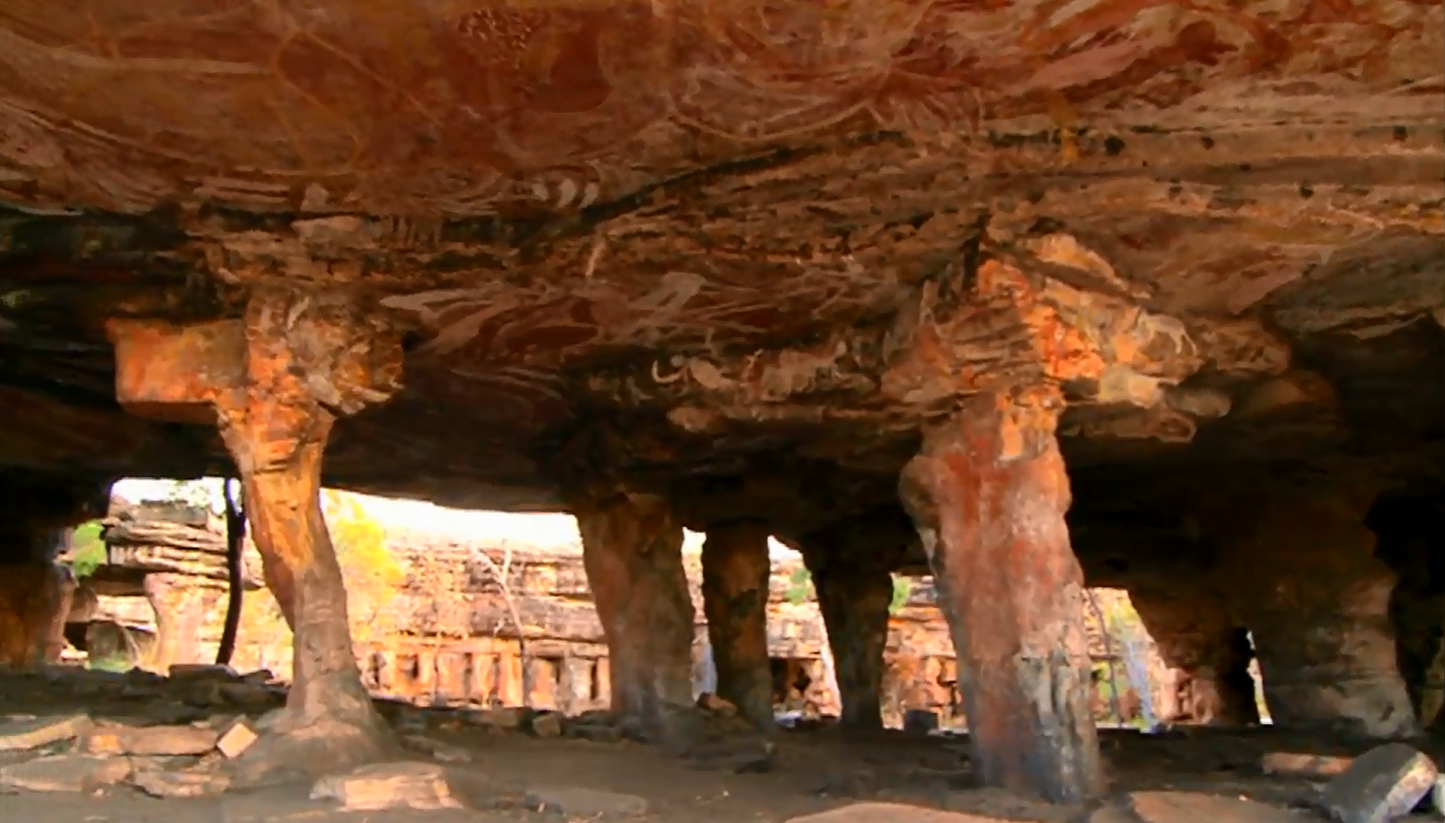
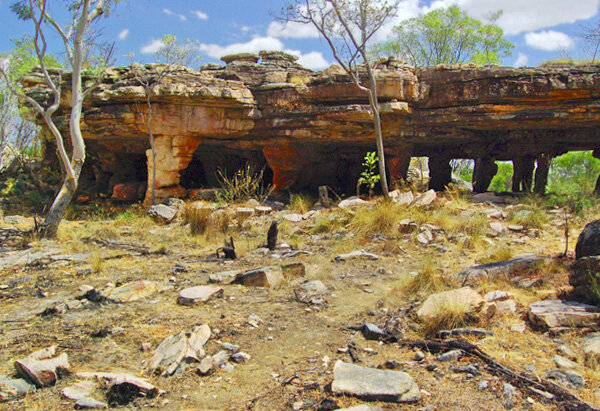
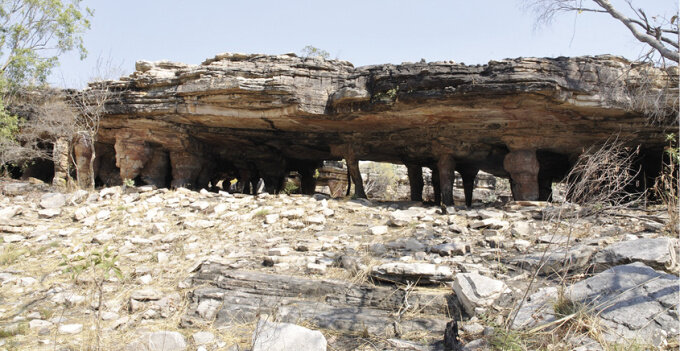
Some major Stonework around the world
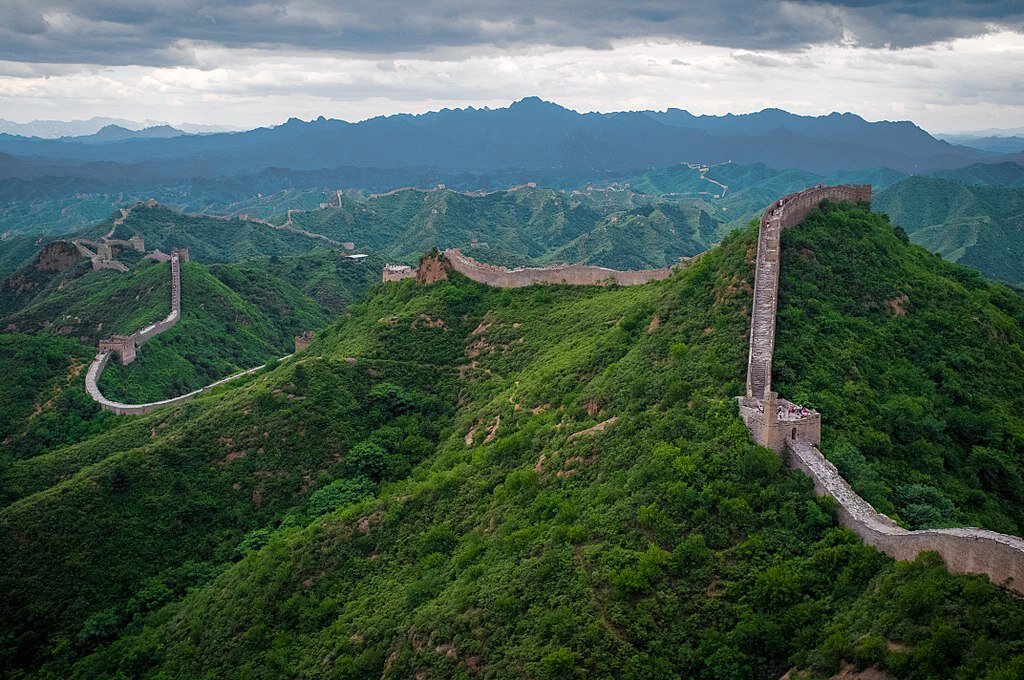
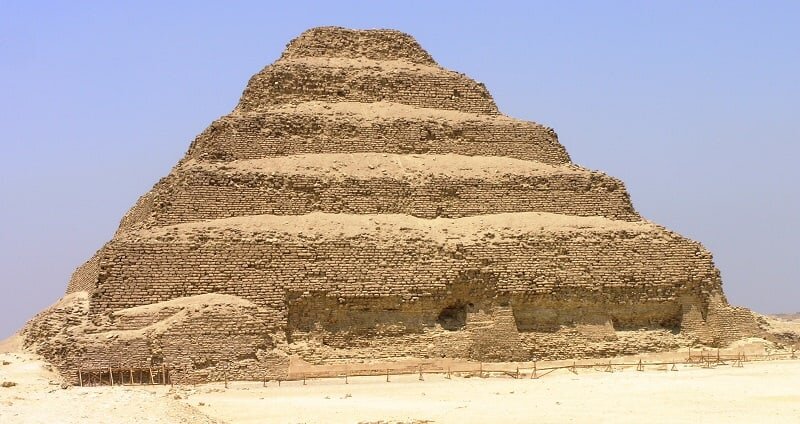
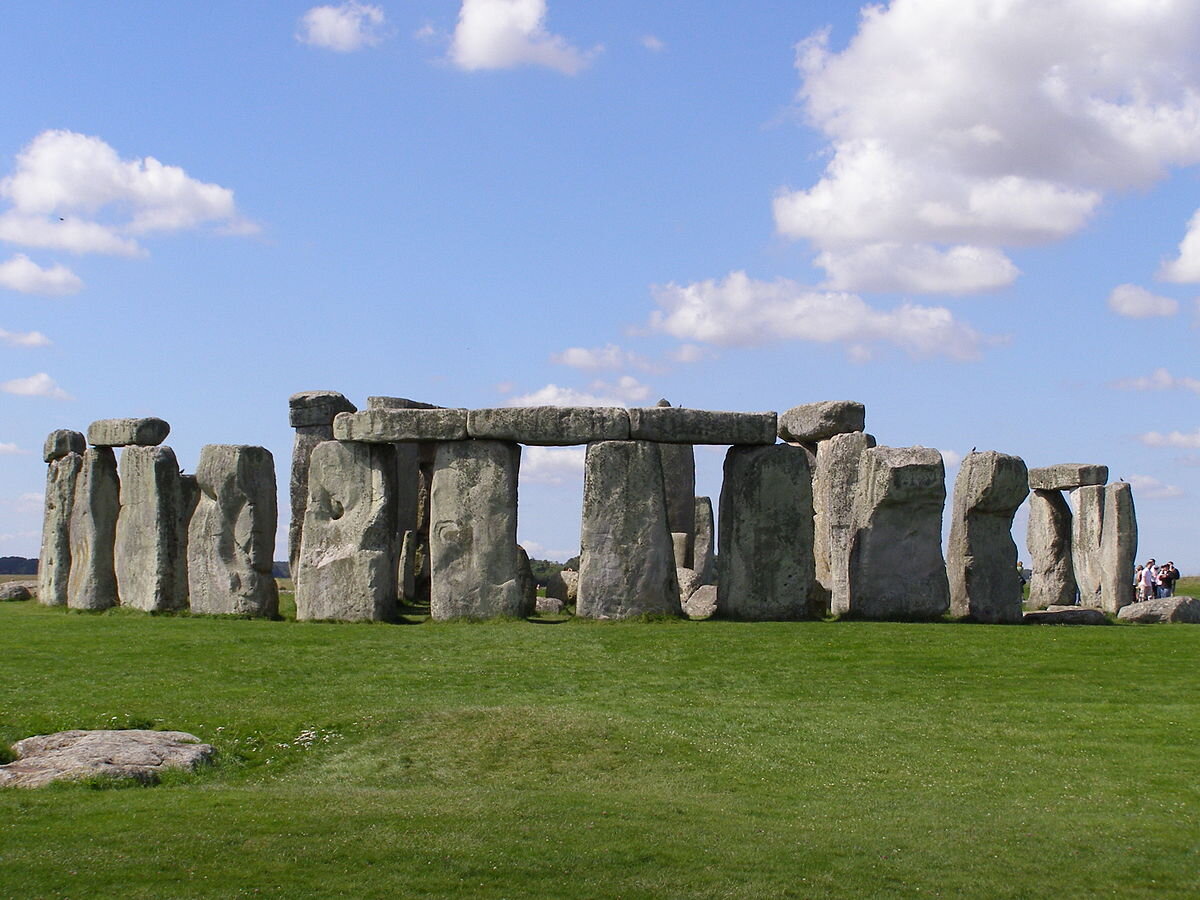

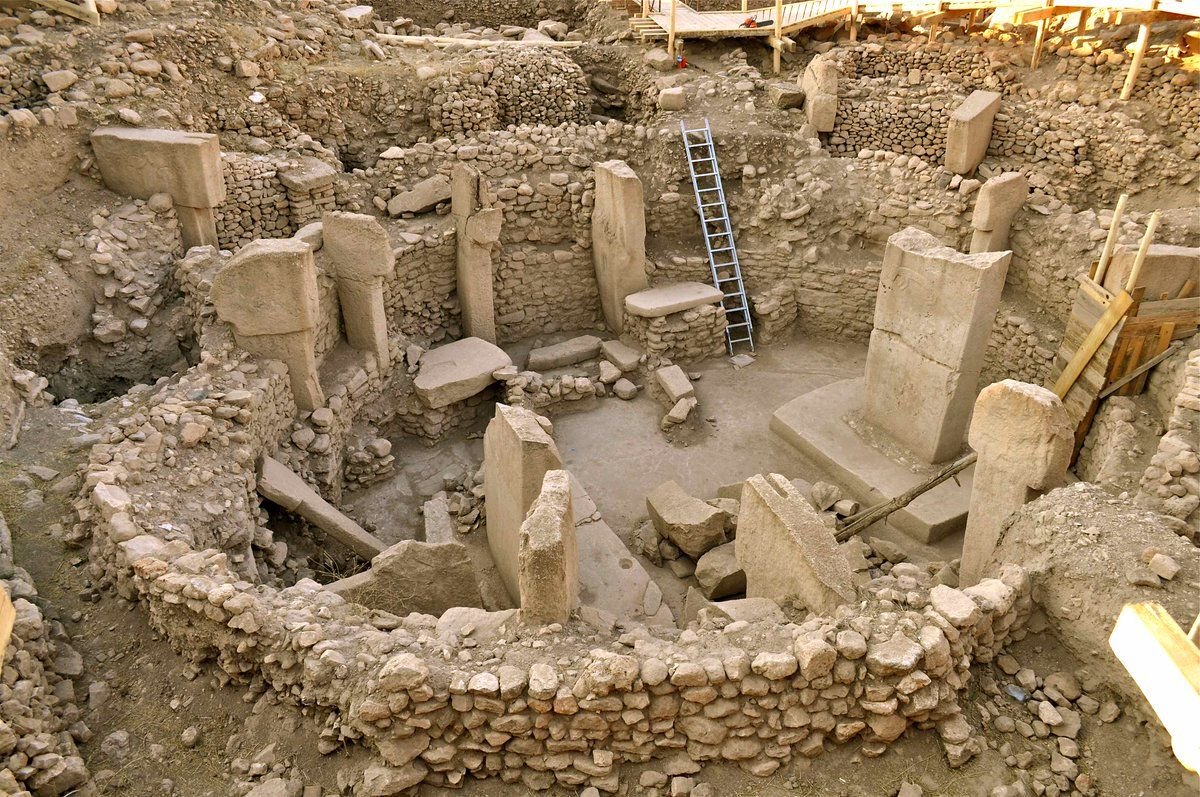
The Garbarnmung [hole in the wall] ‘monument’ also contains a historical gallery of rock art and some of the oldest complete paintings in the world. Also a historical recording of human history like many other sites in the Arnhem Land area of Australia. The Gabarnmung Art rivals paintings found elsewhere in France and Spain. Noting that most dates for Rock Art are questionable, so are the dates suggested for France and Spain[65,000 years]
The significance of the Gabarnmung rock art is in the incredible detail. These enigmatic and intriguing images demonstrate the experience of the Jawoyn as Artists. The people and culture today help tell the story and are what make these works of art much more alive. The many examples found in rock painting across Australia over the past 200 years show how Aboriginal people have been painting since the earliest times in human history. A few years ago ‘Smithsonian’ wrote about Gabarnmung making these comparisons:
“If science can offer something to the Jawoyn, the Jawoyn have something to offer science. “We don’t have anyone to explain Chauvet Cave to us. In France, these are sites with no memory, no life. With Gabarnmung, we are lucky. There is the living culture, the memories. The Jawoyn can help us build a new knowledge.”
” Jean-Michel Geneste
“ Like the Sistine Chapel, the ceiling of the expansive rock shelter was a mural of breathtakingly vivid and bold works of art – hundreds of them. And the paintings extended up and down 36 remarkable sandstone columns that, like the pillars of a temple, appeared to support the cave”
Nawarla Garbarnmung Art


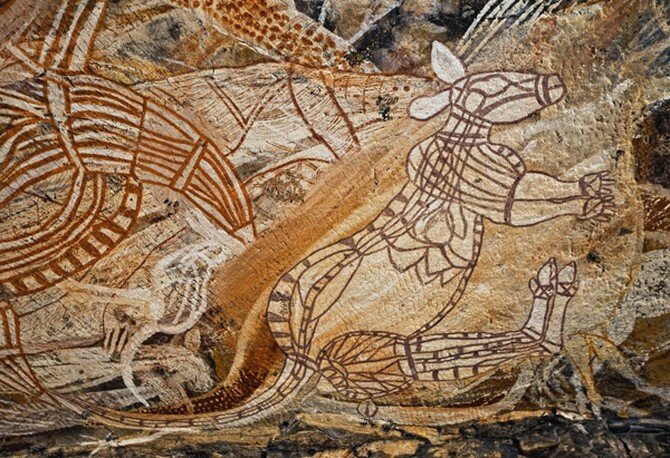
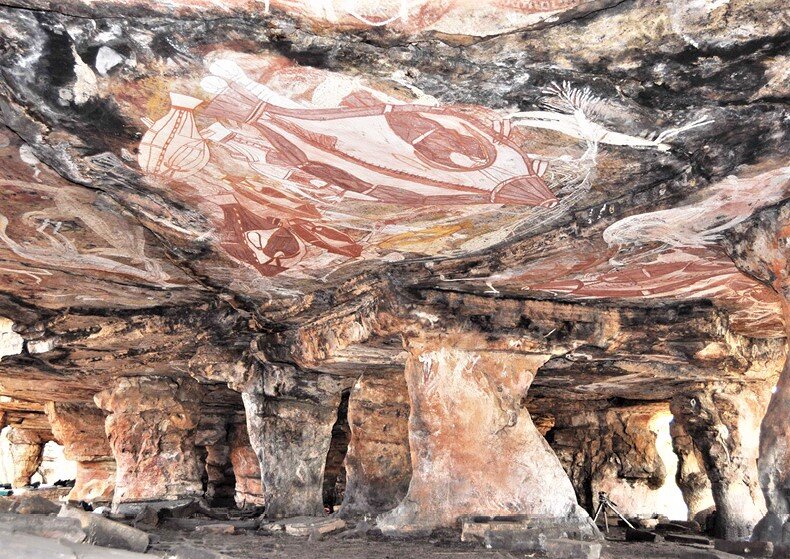
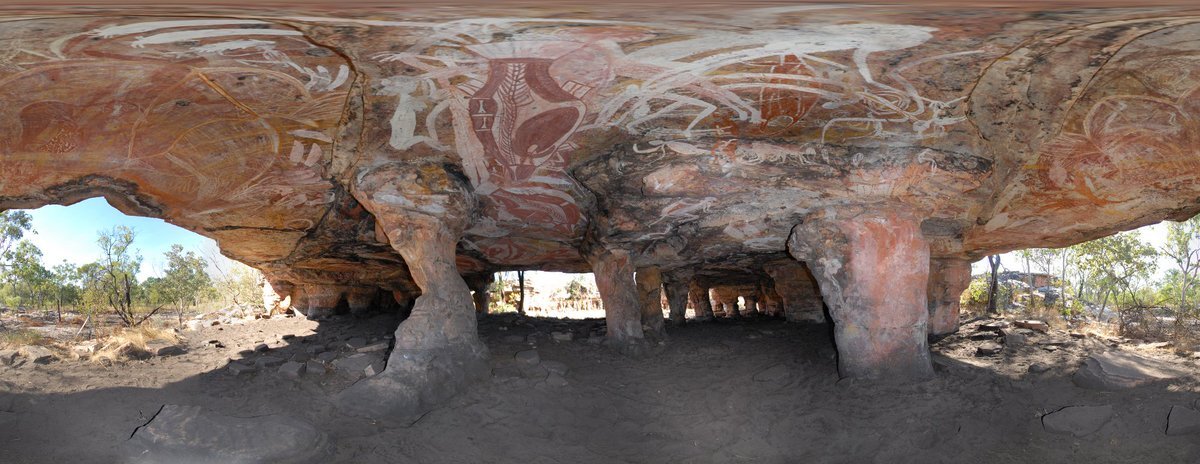
Rock Art in France and Spain. Images may be subject to copyright. Learn more @ Bradshaw Art Foundation.


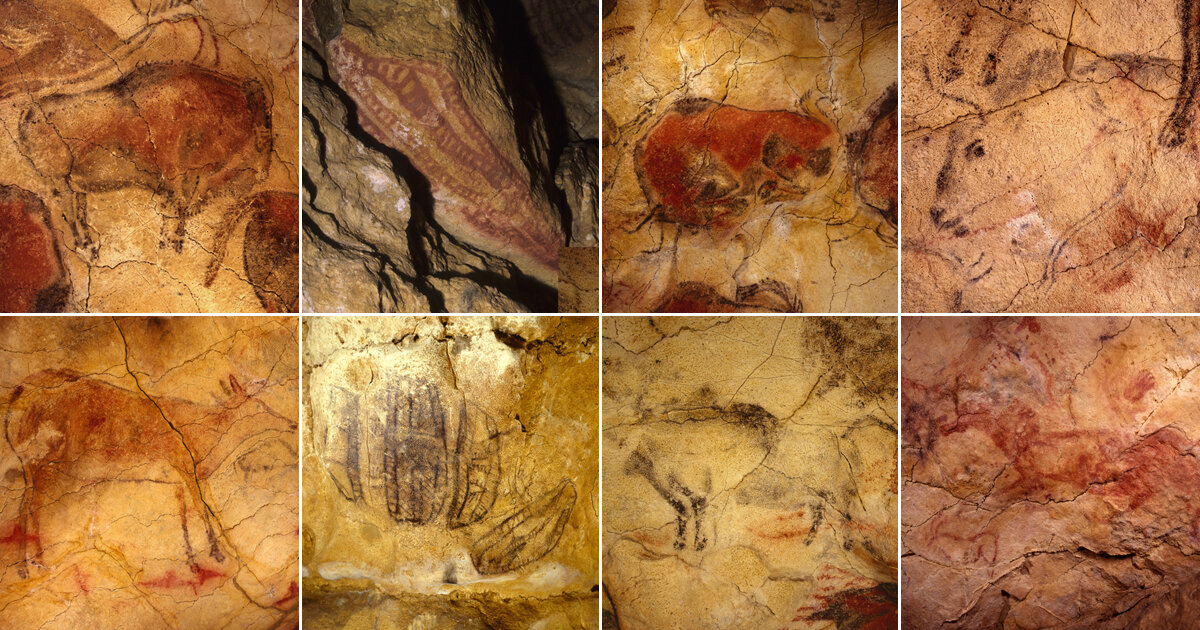
Read “Is This the Oldest Cave Art on the Planet?” by Smithsonian here.
Particular examples in aboriginal rock art are not found anywhere else in the world. There are over 100,00 rock art sites across Australia, and the amount in excess has been unknown for years. There are more rock art sites in Australia than anywhere else in the world. Nawarla Gabarnmung also contains images of extinct Megafauna. A significant example is the giant flightless bird or goose, ‘Genyornis newtoni’. Taller than a man and thought to have gone extinct on the Australian continent about 45,000 years ago, the Jawoyn ancestors painted and left us a distinctive picture of Genyornis on the wall.
This depiction of MegaFauna left behind gives good measure to the time frame the Jawoyn people have been living in the Arnhem Land area. Today we have a reasonably reliable way to calibrate raw radiocarbon dates for the most recent 13,000 years of our planet’s past. Still, incomplete data makes anything over that difficult. Considering the significant recordings of history that Aboriginal people have shown across Australia since ancient times. not all the evidence they have left today is necessarily affected by calibration or date adjustment.
‘Nawarla Gabarnmung’ is the oldest known example of altering a foundation to form a shelter or monument. It was created by the experienced hands of Jawyon ancestors, who were stone engineering 50,000 years ago. Maybe not the oldest example of stonemason work in the world, as the title of this article reads to grab your attention. Still, the Original people of Australia are the only group in the world who were Stone Engineering, a site 50,000 years ago that remains today.
Full acknowledgment to the Jawoyn People and Country for sharing their history.
If you enjoyed this article, please support it by sharing.
Further sources -
Engineers of the Arnhem Land plateau: Evidence for the origins and transformation of sheltered spaces at Nawarla Gabarnmang- http://press-files.anu.edu.au/downloads/press/n3991/html/ch10.xhtml
Dating painted Panel E1 at Nawarla Gabarnmang, central-western Arnhem Land plateau-
http://press-files.anu.edu.au/downloads/press/n3991/html/ch11.xhtml
Impact Rock Art – https://www.griffith.edu.au/research/impact/rock-art
Research History Kimberly Rock Art – https://www.kimberleyfoundation.org.au/kimberley-rock-art/research-history/ Read
Australian Rock Art Archive – https://www.bradshawfoundation.com/bradshaws/
Lascaux Cave Paintings – http://www.bradshawfoundation.com/lascaux/
Cave Paintings In Altamira Spain- https://www.bradshawfoundation.com/spain/altamira/index.php
[First Footprints] Press kit - http://www.aborigenes-australie.info/images/First_Footprints_Press_Kit_-_S.pdf
Jawoyn Association - Healthy Country plan
ANU - Archaeologists find world’s oldest ground-edge axe in Australia
Oral History - How oral cultures memorise so much information and American Association for the Advancement of Science - Is an Aboriginal tale of an ancient volcano the oldest story ever told?


